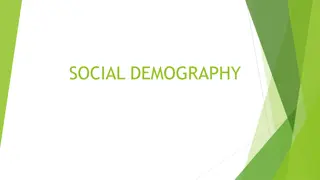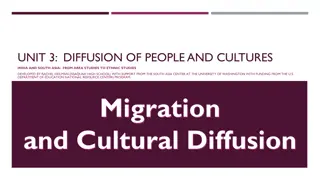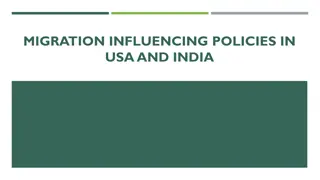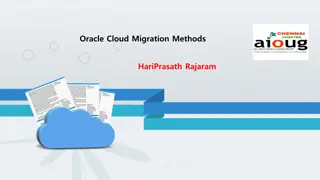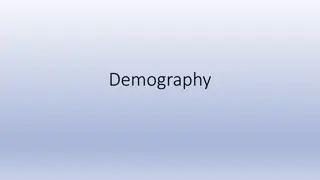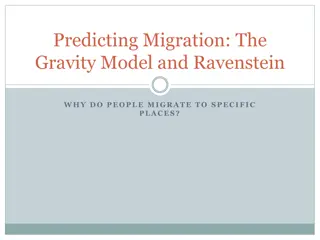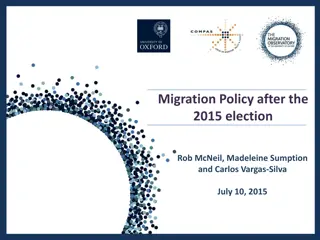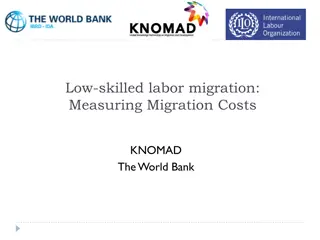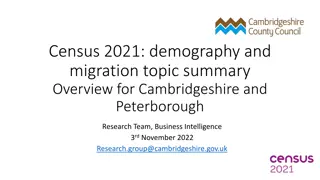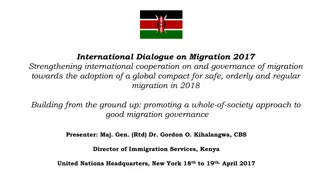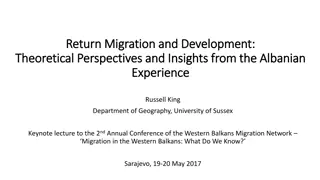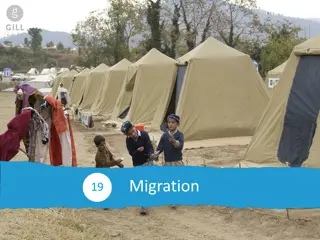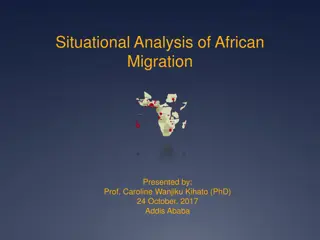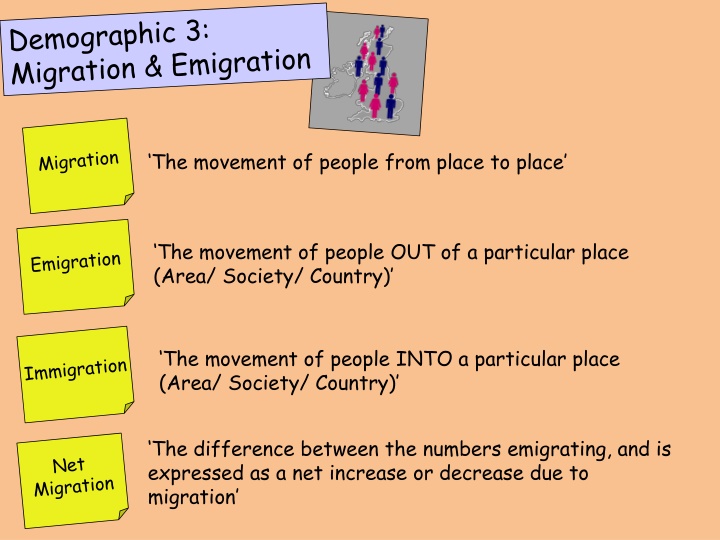
UK Migration: Trends, Implications, and Demographic Shifts
Explore the historical patterns and current trends of migration in the UK, including factors influencing emigration, immigration, and their consequences on population demographics. Delve into the impact on family structures and how net emigration relates to low birth rates and an aging population.
Download Presentation

Please find below an Image/Link to download the presentation.
The content on the website is provided AS IS for your information and personal use only. It may not be sold, licensed, or shared on other websites without obtaining consent from the author. If you encounter any issues during the download, it is possible that the publisher has removed the file from their server.
You are allowed to download the files provided on this website for personal or commercial use, subject to the condition that they are used lawfully. All files are the property of their respective owners.
The content on the website is provided AS IS for your information and personal use only. It may not be sold, licensed, or shared on other websites without obtaining consent from the author.
E N D
Presentation Transcript
The movement of people from place to place The movement of people OUT of a particular place (Area/ Society/ Country) The movement of people INTO a particular place (Area/ Society/ Country) The difference between the numbers emigrating, and is expressed as a net increase or decrease due to migration
Every year between 1946 & 1978 more people left the UK (Emigrating) compared to the number of people coming to the UK (Immigrating) http://t3.gstatic.com/images?q=tbn:k9JHz4SXIstzQM:http://kilburnhall.files.wordpress.com/2009/05/arrow-2-pointnig-both-ways-left-and-right-748162.jpg Despite the patterns of low birth rates & high emigration rates in the UK, the population is actually INCREASING slightly .this is mainly due to LARGE SCALE IMMIGRATION. Remember: Migration & Immigration are not new phenomena .
According to Webb (2008), in 2004 there was a NET MIGRATION of 223,000 people INTO the UK the highest this figure has ever been. (2007) Record numbers of Britons are leaving their homeland to settle permanently overseas, according to figures released today. The Office for National Statistics reported that 385,000 people emigrated in the year to July 2006.
Mass Immigration took place at the beginning of the 20th century. Many Irish and Eastern European Jews came to the UK for economical reasons and to escape persecution. Two World Wars acted as a catalyst for this. Immigration into the UK increased further in the 1960s & 70s where many African Caribbean, Eat African, Indian, Pakistani, Sri Lankan & Bangladeshi s moved to the UK. Remember when examing Demographics it is important to know the following: > What are the MAJOR CHANGES in population demographics? > What are the CAUSES for these particular patterns? > What are the CONSEQUENCES of these changes?
Why might the UK be seeing an increase in NET EMIGRATION (of natives ) out of Britain to other countries? How can an increase in NET EMIGRATION be linked to a LOW BIRTH RATE and an AGEING POPULATION?
enoch_photo Immigration also has implications of family structures within the UK. > Fictive Families > Lone Person Households > Cohabitation > Modified Extended Families.




